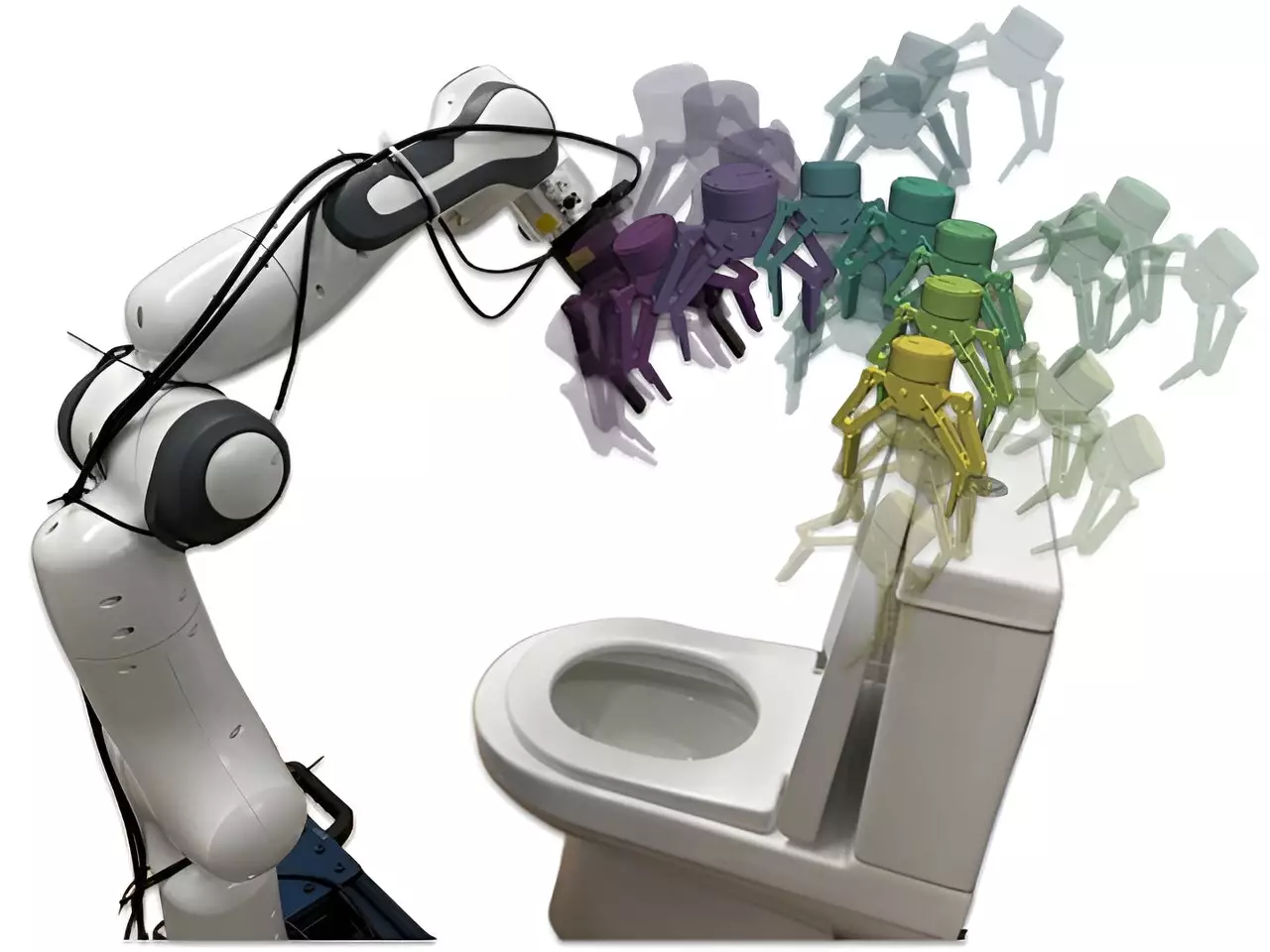In recent years, the field of robotics has seen significant advancements in technology and innovation. However, one recurring challenge faced by roboticists is teaching robots to successfully perform new tasks. Traditional methods often require a vast amount of human demonstrations to train robots, making the process time-consuming and labor-intensive.
Researchers at Imperial College London and the Dyson Robot Learning Lab have developed a groundbreaking method called Render and Diffuse (R&D) to address this issue. This method unifies low-level robot actions and RGB images using virtual 3D renders of a robotic system. By allowing robots to “imagine” their actions within the image, R&D enables them to learn new skills efficiently with reduced demonstration requirements.
The R&D method consists of two main components. First, virtual renders of the robot are used to help the robot visualize its actions in the environment. Second, a learned diffusion process refines these imagined actions, providing the robot with a sequence of actions needed to complete a task. By leveraging 3D models and rendering techniques, R&D simplifies the acquisition of new skills and improves the generalization capabilities of robotic policies.
For a robot to learn a new task, it must predict the actions it should perform based on the images captured by its sensors. R&D streamlines this process, allowing robots to efficiently learn the mapping between images and actions. By representing robot actions and observations as RGB images, R&D enables robots to learn various tasks with fewer demonstrations and enhanced spatial generalization capabilities.
The researchers evaluated the R&D method through simulations and real-world experiments, demonstrating its effectiveness in tasks such as putting down the toilet seat, sweeping a cupboard, and opening a box. The use of virtual renders to represent robot actions proved to significantly reduce training data requirements, highlighting the potential for data-efficient robotic training.
Looking ahead, the method introduced by the research team holds promise for further advancements in robotic learning. By combining powerful image foundation models with R&D, researchers can explore new possibilities for training algorithms in robotics applications. The potential to apply this approach to other tasks and industries opens doors for future research and innovation in the field of robotics.
The development of the Render and Diffuse method represents a significant step forward in the training of robots. By bridging the gap between high-dimensional data and robotic actions, R&D offers a more efficient and effective way to teach robots new skills. As technology continues to evolve, innovations like R&D pave the way for a future where robots can learn and adapt to new tasks with ease and precision.


Leave a Reply